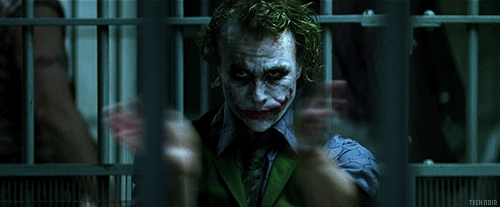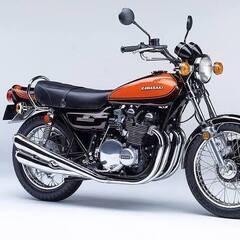Need help to choose my camera
Go to solution
Solved by ALwin,
Most modern phone cameras perform more or less the same with compact cameras as their sensors are of similar size, only that compact cameras are optimized for photography and offers more control over your settings than a phone.
Something like a GoPro is suitable for what you want, and you can also set it to take photos instead of videos. The standard GoPro housing is rated to a depth of 60m, that's 20m deeper than recreational sports diving limits.
By the way, I don't know what kind of phone you use but there are underwater cases for phones. Search online if one is available for your phone model.


















Create an account or sign in to comment
You need to be a member in order to leave a comment
Create an account
Sign up for a new account in our community. It's easy!
Register a new accountSign in
Already have an account? Sign in here.
Sign In Now